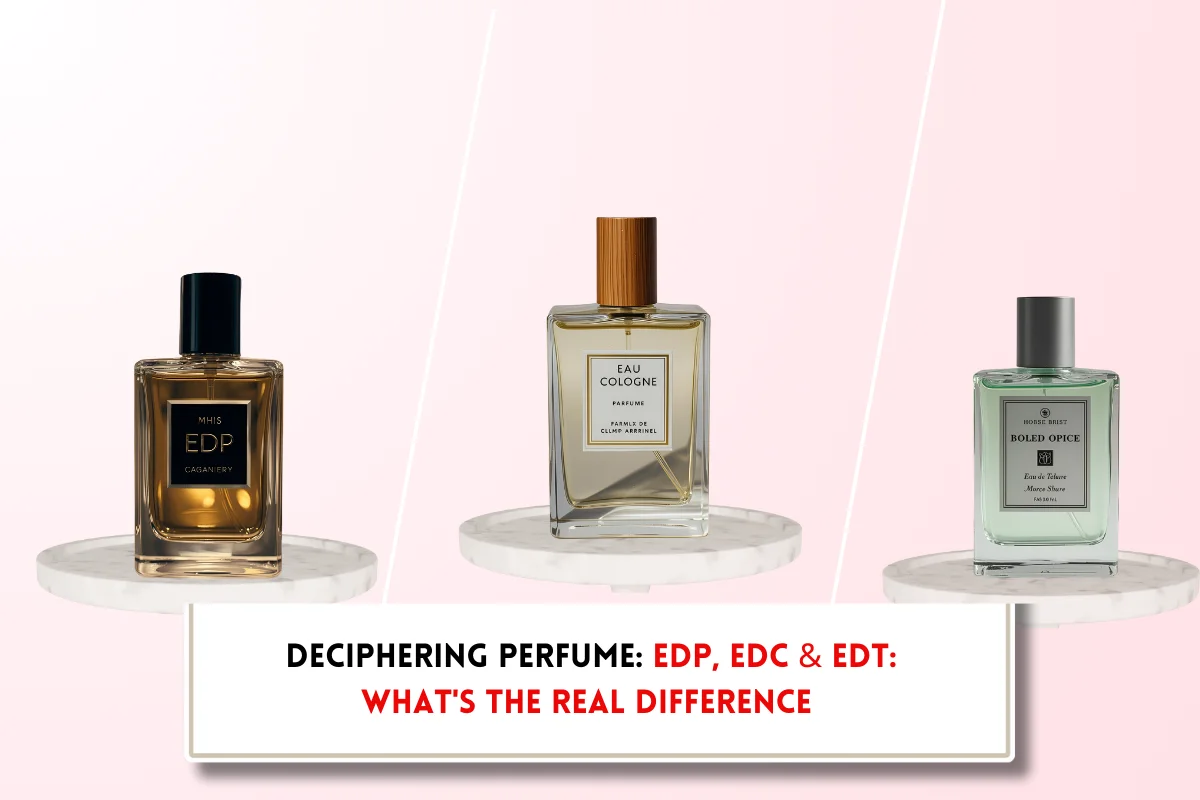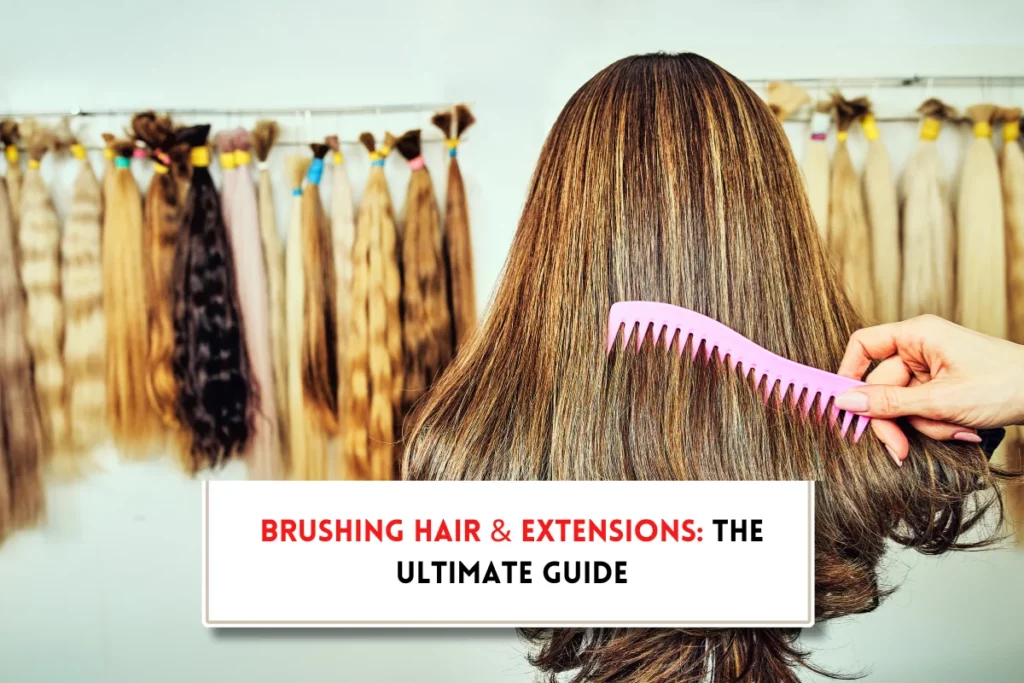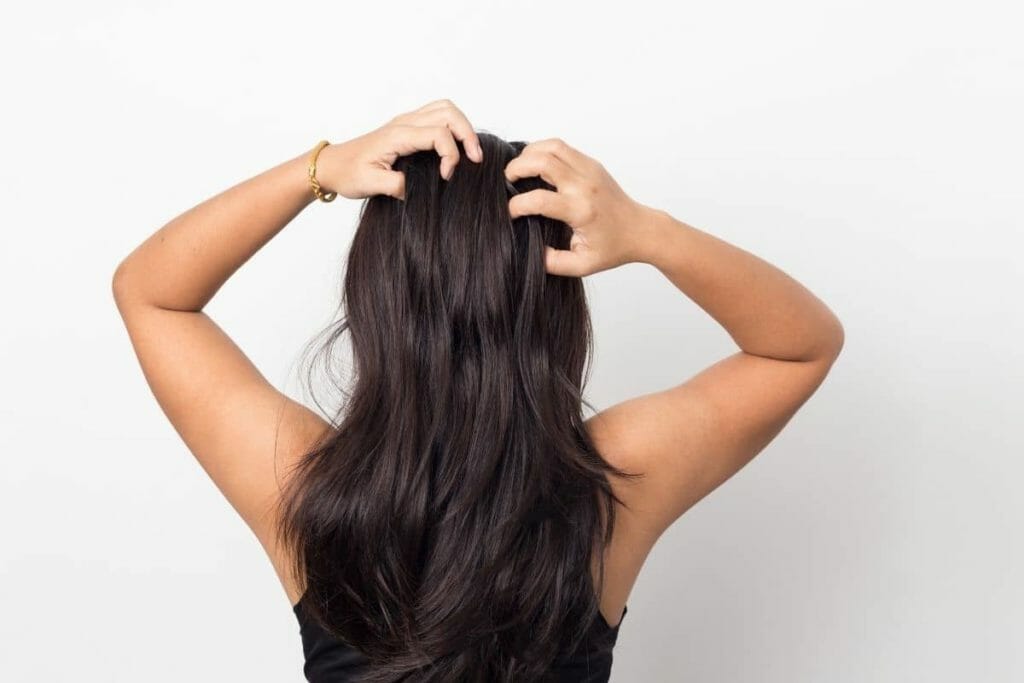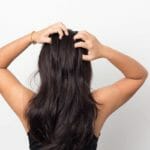Decode the hair care conundrum: Do you use conditioner first or shampoo?
At BeautyCaters, our expert team independently curates every recommended product. Purchases through our links may earn us a commission. Explore our transparent selection process.
We all follow a hair care routine, first shampoo then conditioner. But have you ever questioned the order of hair wash? Does it matter if you lather up before or after conditioning? This question might seem trivial but sparks debate among hair care enthusiasts. However, what say science? Let’s dive into this hair care conundrum and know: do you use conditioner first or shampoo?
- Difference between shampoo and conditioner
- Can you use any conditioner before shampoo?
- What is the difference between co-washing and reverse washing?
- Why use conditioner before shampoo?
- The benefits and drawbacks of traditional shampoo
- The advantages and disadvantages of reverse washing
- Who should condition hair before shampooing?
- Final Word: Do you use conditioner first or shampoo?
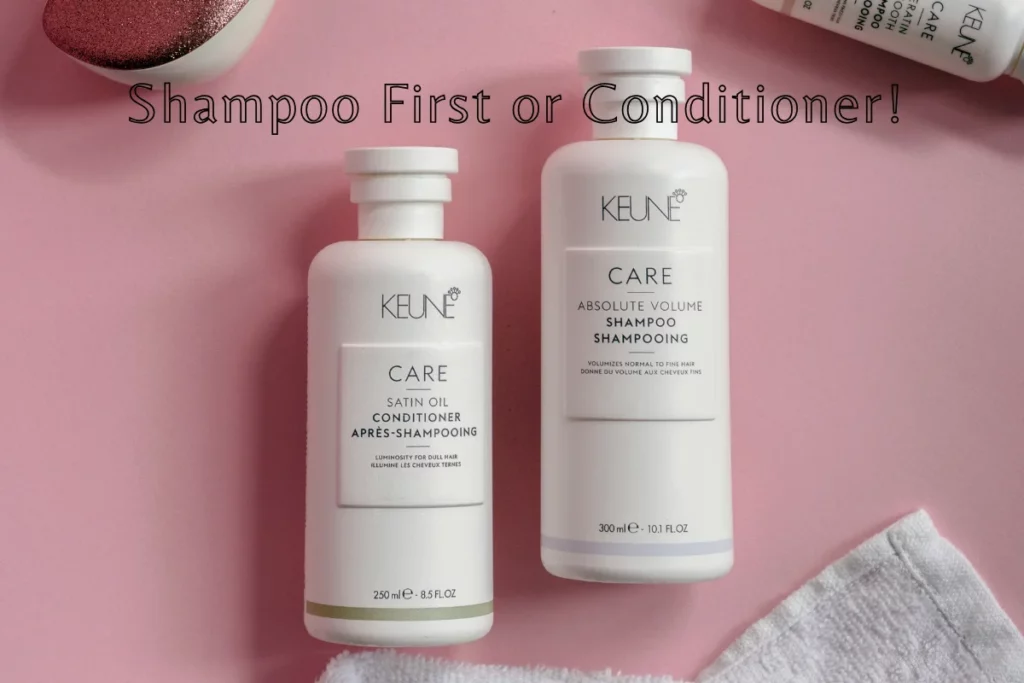
Difference between shampoo and conditioner
Shampoo and conditioner are essential components of hair care, each serving a specific purpose. While both are used to cleanse and condition the hair, their formulations and functions differ significantly
- Shampoo: Shampoo is primarily designed to cleanse the scalp and hair by removing dirt, oil, and product buildup. It contains surfactants to create lather and lift away impurities.
- Conditioner: Focuses on moisturizing, detangling, and protecting the hair. It usually contains humectants, emollients, and proteins to restore moisture and improve manageability.
While some shampoos may contain mild conditioning agents, their primary function is cleansing. Conditioners, on the other hand, do not contain cleansing agents but focus on enhancing hair health and appearance.
Can you use any conditioner before shampoo?
No. The concept of “reverse washing,” i.e., using conditioner before shampoo, has gained popularity. it’s essential to consider the specific formulations of your shampoo and conditioner because not all conditioners are suitable for this method. Some conditioners are simply too heavy for this process. Products designed for traditional application may not yield optimal results when used in reverse order.
As a rule of thumb, it’s best to follow the instructions found on the back of your shampoo and conditioner bottles. If it says to shampoo first, the product was specifically formulated to give the best results that way. If you’re looking to use the reverse washing method, it’s best to seek out formulas intended for this process.
What is the difference between co-washing and reverse washing?

While both co-washing and reverse washing involve altering the traditional shampoo-then-conditioner routine, they are distinct methods.
Co-washing involves using only a conditioner or co-wash product to cleanse and condition the hair. It is ideal for those with dry, curly, or textured hair.
Reverse washing means reversing the conventional hair wash order. You apply conditioner first followed by shampoo. This method can benefit those with fine or oily hair.
Choosing between the two depends on your hair type and individual preferences. Experimentation is key to determining which method yields the best results for your hair.
Note: Consistent use of either method might be necessary to appreciate the benefits.
Why use conditioner before shampoo?
Though there is no scientific data in support of the effectiveness of the reverse hair washing. To understand the rationale of conditioning before applying shampoo, you must know their basic functions.
Shampoo cleanses the scalp and roots, removing excess oil, buildup, and dead skin cells. Conditioner, on the other hand, smoothens the strands and seals in moisture.
Applying conditioner first, creates a protective layer around the hair shaft. This help to minimize the potential damage caused by shampoo’s cleansing agents, particularly for those with dry, brittle, or color-treated hair. Additionally, the conditioner can help to distribute moisture evenly throughout the hair, reducing the likelihood of dryness and frizz. While regular shampooing can exacerbate dryness if the hair isn’t adequately hydrated, conditioner help tame it and provide some much-needed moisture if won’t fully rescue the damage.
However, it’s essential to consider your hair type when deciding whether to adopt reverse washing. Individuals with fine or oily hair might find that this method leaves their hair feeling heavy or greasy. In such cases, traditional shampooing followed by conditioning may be more suitable.
For those with dry or damaged hair, reverse washing can be a game-changer. By prioritizing hydration, this method can help restore moisture balance and improve overall hair health. It’s also worth noting that some hair care brands offer specific products designed for reverse washing, providing optimal results.
Ultimately, the best way to determine whether reverse washing is right for you is through experimentation. Be patient and observe how your hair responds to this method. If you’re not satisfied with the results, you can always revert to the traditional shampoo-then-conditioner approach.
The benefits and drawbacks of traditional shampoo
When it comes to using shampoo first, there are both advantages and drawbacks to consider. Let me break it down for you:
| Pros | Cons |
| 1. Cleanses thoroughly: Shampooing first allows the product to directly work on your scalp, effectively removing dirt, excess oil, and product buildup. | 1. Strips natural oils: Shampoo, if used excessively or with harsh ingredients, can strip away the natural oils that keep your hair healthy and conditioned. |
| 2. Enhances volume: By starting with shampoo, you can achieve increased volume and bounce, especially if you have fine or limp hair. | 2. May cause dryness: If you already have dry or damaged hair, shampooing first may exacerbate the problem and lead to further dryness. |
| 3. Removes impurities: Shampooing first helps remove impurities like environmental pollutants or styling residue that have settled on your hair. | 3. Difficult detangling: Shampooing can make your hair feel rough and tangled, making it harder to detangle during the conditioning process. |
The advantages and disadvantages of reverse washing
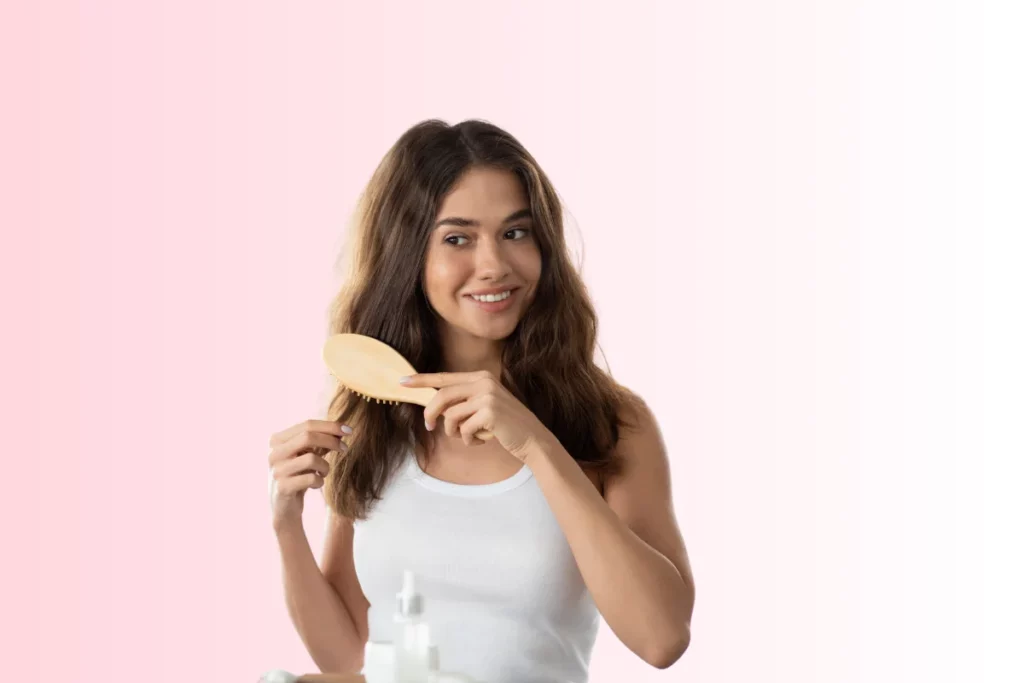
Reverse washing, or applying conditioner before shampoo, offers several potential advantages for hair health.
- Moisture protection: Conditioning first creates a protective barrier around the hair shaft, reducing the stripping effects of shampoo.
- Improved manageability: By hydrating the hair before cleansing, reverse washing can help detangle and prevent frizz.
- Enhanced shine: The conditioning coat can enhance hair’s natural luster and reflectivity.
- Ideal for dry or damaged hair: This method can be particularly beneficial for those with dry or brittle hair.
However, it’s important to note that reverse washing might not be suitable for all hair types. Experimentation is key to determining the best approach for your individual needs.
| Pros | Cons |
| 1. Moisturizes and nourishes: Conditioning first infuses your hair with moisture, making it softer, smoother, and more manageable. | 1. May weigh down hair: Applying conditioner before shampooing might make your hair feel heavy or greasy, especially if you have fine or oily hair. |
| 2. Easier detangling: Conditioning before shampooing helps in detangling your hair, reducing breakage and making it easier to comb through. | 2. Reduced cleansing power: The application of conditioner before shampoo may hinder the shampoo’s ability to thoroughly cleanse the scalp. |
| 3. Protective layer: Conditioning first can create a protective layer on your hair, guarding against damage caused by shampooing. | 3. Limited styling options: Conditioner tends to make your hair smoother, potentially making it harder to style certain hairstyles that require more hold or texture. |
Who should condition hair before shampooing?
The decision to reverse the traditional shampoo and conditioner order or to forgo shampoo entirely depends on individual hair characteristics and goals.
Reverse washing (applying conditioner before shampoo) can be beneficial for those with dry, damaged, or color-treated hair. By creating a protective barrier, it can help to minimize the potential drying effects of shampoo.
Co-washing (conditioning only) is suitable for individuals with curly, textured, or extremely dry hair. However, it is essential to use products specifically formulated for this method to avoid product buildup.
For those with oily or fine hair, traditional shampooing followed by conditioning may be the most effective approach.
Final Word: Do you use conditioner first or shampoo?
The sequence of applying shampoo and conditioner is a frequently debated topic in hair care. While there is no definitive answer, understanding the specific needs of your hair type is crucial in determining the most suitable approach. Experimentation and observation of your hair’s response can help you establish a personalized routine that maximizes its health and appearance.


